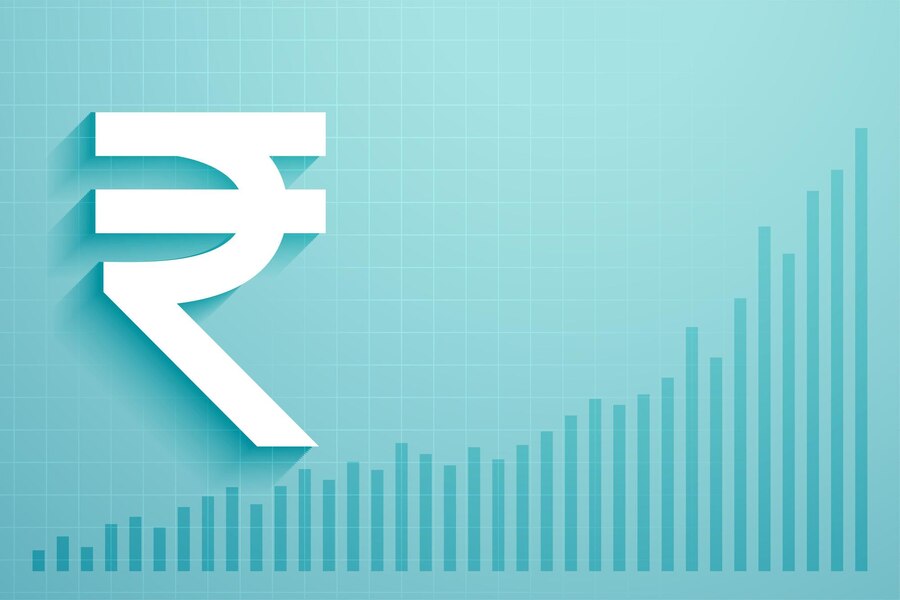Understanding economic development strategies and challenges faced by India is essential for UPSC CSE aspirants. This blog explores key policies, analyzes ongoing issues, and equips you with valuable data for effective exam preparation. Acing sections like Indian Economy, General Studies, and Essay requires a nuanced grasp of India’s economic trajectory.
India’s Economic Journey:
- Post-Independence Era: India adopted a socialist planning model with a focus on import substitution and public sector dominance.
- Liberalization and Reforms (1991 Onwards): A shift towards a market-oriented economy with increased private sector participation and globalization.
Key Economic Development Policies:
- Five-Year Plans: These centrally planned economic roadmaps set targets for various sectors, with the 14th Plan (2017-2022) focusing on inclusive growth and infrastructure development (https://www.investindia.gov.in/).
- Make in India: Launched in 2015, this initiative aims to promote India as a global manufacturing hub by attracting foreign investment and fostering domestic production (https://www.makeinindia.com/).
- Skill Development Initiatives: Programs like Pradhan Mantri Kaushal Vikas Yojana (PMKVY) aim to bridge the skill gap and enhance employability (https://www.pmkvyofficial.org/).
- Financial Inclusion Schemes: Initiatives like Pradhan Mantri Jan Dhan Yojana (PMJDY) aim to provide access to banking facilities and financial services for the unbanked population (https://pmjdy.gov.in/).
Economic Achievements:
- GDP Growth: The World Bank estimates India’s GDP grew at 8.7% in 2022-23, making it one of the fastest-growing major economies (https://www.worldbank.org/en/news/press-release/2023/10/03/india-s-growth-to-remain-resilient-despite-global-challenges).
- Rising Middle Class: The emergence of a large and growing middle class presents a significant consumer market and economic opportunity.
Challenges to Economic Development:
- Poverty and Inequality: Despite economic progress, poverty remains a concern. The World Inequality Lab reports the richest 1% in India own more than 40% of the country’s wealth (https://inequalitylab.world/en/).
- Unemployment: Job creation remains a challenge, especially for the growing youth population.
- Infrastructure Bottlenecks: Deficiencies in power, transportation, and communication infrastructure hinder efficient business operations and economic growth.
- Skill Gap: The skills possessed by the workforce often don’t match industry requirements, leading to unemployment and underemployment.
- Informal Sector: A large portion of the workforce remains employed in the informal sector, lacking social security benefits and contributing less to tax revenue.
The Way Forward:
- Promoting Inclusive Growth: Policies that target poverty reduction and bridge the income gap are essential for sustainable development.
- Rural Development and Agriculture: Enhancing agricultural productivity, investing in rural infrastructure, and promoting rural industries are crucial for inclusive growth.
- Education and Skill Development: Investing in education and skill development programs to meet industry needs will enhance employability and productivity.
- Improving Ease of Doing Business: Streamlining regulations, reducing red tape, and fostering a business-friendly environment are crucial for attracting investment and boosting economic activity.
Conclusion:
Economic development in India is a continuous process with ongoing challenges. UPSC CSE aspirants who can analyze these issues, propose solutions aligned with government policies, and demonstrate an understanding of data and trends will be well-positioned for success in the exam. Staying informed about current economic developments will allow you to contribute meaningfully to discussions on India’s future economic trajectory.



